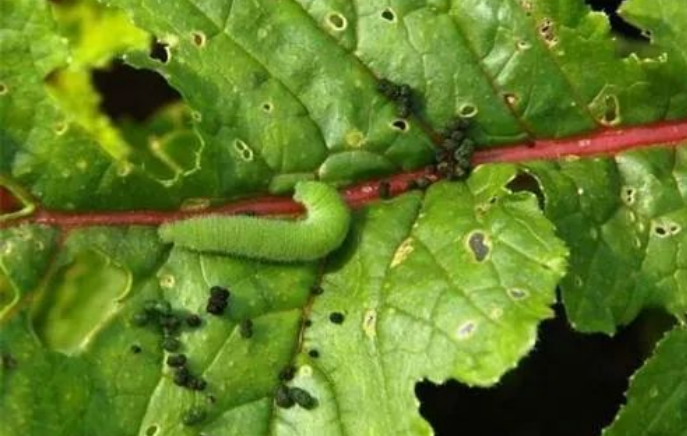Lufenuron
Lufenuron is a kind of high efficiency, broad spectrum and low toxicity insecticide to inhibit insect molting. It mainly has gastric toxicity, but also has certain touch effect. It has no internal interest, but has good effect. The effect of Lufenuron on young larvae is especially good. After eating the plants sprayed with the pesticide, the pests stop feeding for 2 hours and enter the peak of dead insects in 2-3 days.
It is safe to many natural enemies because of its slow efficacy and long duration of action.
Chlorfenapyr
Chlorfenapyr has a certain effect on ovicidal activity. Combined with the prediction and prediction of pests, it is suggested that the spray can play a good control effect at the peak of pest hatching or egg hatching
Chlorfenapyr has good local conductivity in plants, and the same effect can be obtained on the underside of leaves fed by pests.
The control effect is 90-100% within L-3 days after the drug, and the effect is still stable at 90% within 15 days after the drug. The recommended dosage is 30-40 ml per mu, with an interval of 15-20 days.
Special attention should be paid while applying Chlorfenapyr :
1) It is sensitive to watermelon, zucchini, bitter gourd, melon, cantaloupe, white gourd, pumpkin, cantaloupe, loofah and other crops. Not recommended in young leaf stage.
2) Avoid using drugs at high temperature, flowering stage and seedling stage;
The difference between Chlorfenapyr and Lufenuron
1. Insecticidal methods
Lufenuron has the effect of stomach poison and touching, no internal aspiration, strong egg killing;
Chlorfenapyr has gastric toxicity and tactility, and has certain internal absorption.
Application of osmotic/extender agents (e.g., silicone) will greatly increase the effectiveness of killing.
2. Insecticidal spectrum
It is mainly used in the control of leaf roller, Plutella xylostella, Rapeseed, beet armyworm, Spodoptera litura, whitefly, thrips, rust ticks and other pests, especially in the control of rice leaf roller.
Lufenuron has excellent control effect on insect pests and mites, especially on the resistant pests such as Plutella xylostella, Exigua beet armyworm, Exigua chinensis, leaf roller, American spot miner, pod borer, thrips and starred spider.
Therefore, the broad contrast according to the insecticidal spectrum is: Chlorfenapyr > Lufenuron > Indoxacarb
3, Killing speed
The pest contact with the pesticide and feed on the leaves with the pesticide, the mouth will be anesthetized within 2 hours, stop feeding, so as to stop harming the crops, 3-5 days to reach the peak of dead insects;
One hour after insecticide fenfenitrile treatment, the activity of pests became weak, spots appeared, color changed, activity stopped, coma, limp, and eventually led to death, and the peak of dead insects was reached in 24 hours.
Therefore, according to the insecticidal speed, the comparison is: Chlorfenapyr > Lufenuron
4. Retention period
Lufenuron has a strong ovicidal effect, and the pest control time is relatively long, up to 25 days;
Chlorfenapyr does not kill eggs, but it is effective only for elderly insects, and the control time is about 7-10 days.
Chlorfenapyr > Lufenuron
5. Leaf retention rate
The ultimate purpose of killing insects is to prevent pests from harming crops. As for the speed and slow death of pests or more and less, the level of leaf protection rate is the final index to measure the value of products.
Compared with the control effect of rice leaf roller, the leaf preservation rate of louciacaride and fenfenitrile reached more than 90% and about 65%, respectively.
Therefore, according to the leaf retention rate, the comparison is: Chlorfenapyr > Lufenuron
6. Safety
So far, there has been no reaction of insecticide. At the same time, the insecticide will not cause the rampant of stabbing and sucking pests, and has mild effect on adults of beneficial insects and predation spiders.
Chlorfenapyr is sensitive to cruciferous vegetables and melons, and can cause drug damage when used at high temperature or high dose.
Therefore, the comparison of safety is: Lufenuron > Chlorfenapyr
Post time: Oct-08-2022




